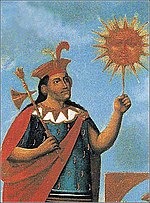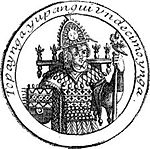Henri Christophe
L'empereur
I'm tired of Pachacuti in every game and I will make a list of possibles replacements:
1-Manco Cápac I, the first one. He is propably a semi-mythical leader

2-Túpac Yupanqui, son of Pachacuti, he made an amazing voyage to the Eastern island in Pacific Ocean

3- Huayna Cápac, the last Inca before the arrival of Spaniards. He controls the empire in the maximum esplendor.

4- Manco Cápac II, he fight against the spaniards and survive a long side them in a small kingdom now called Incas from Vicabamba

5-Túpac Amaru I, the last Inca ever existed. He was killed by Spaniards.

6-Túpac Amaru II, he try to revive the Inca empire but failed.

1-Manco Cápac I, the first one. He is propably a semi-mythical leader

2-Túpac Yupanqui, son of Pachacuti, he made an amazing voyage to the Eastern island in Pacific Ocean

3- Huayna Cápac, the last Inca before the arrival of Spaniards. He controls the empire in the maximum esplendor.

4- Manco Cápac II, he fight against the spaniards and survive a long side them in a small kingdom now called Incas from Vicabamba

5-Túpac Amaru I, the last Inca ever existed. He was killed by Spaniards.

6-Túpac Amaru II, he try to revive the Inca empire but failed.





